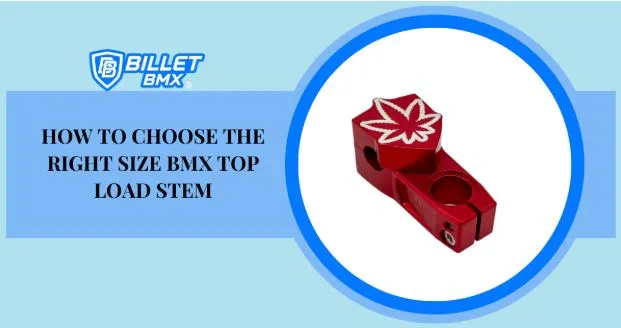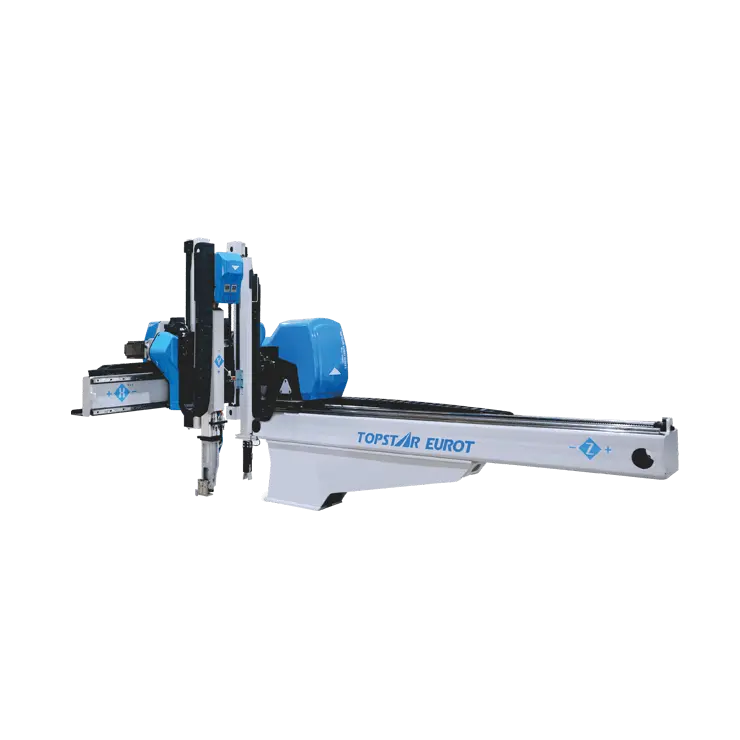When it comes to building or upgrading a BMX bike, every component matters — but few impact your comfort and control as much as the BMX Top Load Stem. Often overlooked by beginners, this essential part connects your handlebars to the fork steerer tube and plays a major role in how your bike feels and performs. Whether you’re hitting the skate park, riding trails, or racing on the track, choosing the right size BMX top load stem can elevate your entire ride experience.
In this comprehensive guide, we’ll walk you through everything you need to know about BMX top load stems — from sizing and geometry to riding style and personal preferences — so you can find the perfect fit for your build.
What is a BMX Top Load Stem?
A BMX top load stem is a type of handlebar stem where the handlebars are clamped in from the top of the stem, as opposed to front load stems which mount the handlebars from the front. Top load stems generally raise the height of the handlebars, offering more leverage and a slightly more upright riding position.
This stem style is popular among street and park riders because of the added control and comfort it offers, especially when performing tricks or needing more room for bar spins and manuals.
Why Stem Size Matters
The size of your BMX top load stem affects several critical aspects of your bike’s handling:
- Reach: Determines how far the handlebars are from the steerer tube, impacting your overall riding posture and bike control.
- Rise: Affects how high the handlebars sit relative to the front end, influencing comfort and leverage during tricks.
- Weight Distribution: Proper sizing ensures balanced handling and reduces the risk of front-end washouts or instability.
Incorrect stem size can lead to discomfort, poor bike control, and even increase the risk of injury during technical riding.
Key Measurements to Consider
When selecting a BMX top load stem, there are a few critical dimensions to focus on:
1. Reach (Length)
Measured from the center of the steerer tube to the center of the handlebar clamp area, reach is typically between 48mm to 55mm for most BMX top load stems.
- Short Reach (45mm–50mm): Offers quicker steering and responsiveness. Ideal for technical street riding.
- Longer Reach (51mm–55mm): Provides more stability, perfect for ramps or trails where more control at speed is needed.
2. Rise (Height)
Rise refers to how much higher the handlebars sit when using a top load stem. Most stems offer a rise between 20mm to 35mm.
- Lower Rise (20mm–25mm): Feels more aggressive and responsive.
- Higher Rise (30mm–35mm): Feels more relaxed and gives more pop on tricks. Great for taller riders or those looking for more leverage.
3. Bar Clamp Diameter
Most BMX handlebars and stems use a standard 22.2mm clamp size. However, it’s still crucial to verify compatibility before purchasing.
4. Steerer Tube Clamp Size
Ensure the stem fits the standard 1 1/8″ fork steerer tube, which is common in most modern BMX bikes.
Also Read: Unlocking the Potential of Creative Analytics for Marketing Success
Choosing Based on Riding Style
Your riding style significantly affects what size stem will suit you best. Here’s how to choose:
Street Riders
Street BMXers often favor higher rise stems (30mm+) with shorter reach (45mm–50mm) for easier bar spins, bunny hops, and manual tricks. A top load stem with higher rise gives more front-end lift and comfort.
Park Riders
Park riders typically go for medium rise and medium reach (48mm–52mm) for all-around versatility. It balances control and responsiveness on ramps and transitions.
Dirt/Trail Riders
Trail riders usually opt for longer reach (50mm–55mm) and medium rise stems. The extra length provides stability and control during high-speed runs and dirt jumps.
Racing
BMX racers prefer stems with lower rise but longer reach to allow for a more aerodynamic, aggressive position. However, top load stems are less common in racing than front load variants.
Fitment Tips: How to Test a Stem Size
Here are a few practical tips to make sure your new BMX top load stem is the right fit:
- Mock Installation: Temporarily install the stem and handlebars to test comfort before fully tightening.
- Ride Test: Take a short ride to check bar height, control, and front-end response.
- Handlebar Height: Combine your stem rise with handlebar rise to get your ideal overall bar height.
- Spacer Usage: Fine-tune your bar height using spacers under the stem if needed.
Remember, subtle changes in stem size can have a significant impact on how your bike feels.
Quality Matters: Choose a Trusted Brand
Not all BMX stems are created equal. It’s important to invest in a high-quality stem made from strong materials like forged or CNC-machined 6061 or 7075 aluminum. This ensures strength and durability without adding unnecessary weight.
At Billet BMX, our top load stems are designed with performance, durability, and rider comfort in mind. Precision-engineered and tested under real riding conditions, our stems combine aesthetic appeal with top-tier functionality.
Maintenance and Safety
Once you’ve chosen the right size BMX top load stem, don’t forget to maintain it regularly:
- Tighten Bolts Evenly: Use a torque wrench to tighten stem bolts to manufacturer specifications.
- Check for Cracks: Regularly inspect the stem for signs of stress or fatigue.
- Keep it Clean: Dirt and debris can affect clamping force, so clean your stem and bars regularly.
A well-maintained stem not only enhances performance but also ensures your safety during high-impact riding.
Final Thoughts
Choosing the right size BMX top load stem is essential for comfort, control, and confidence on your bike. By understanding your riding style, evaluating key dimensions like reach and rise, and ensuring compatibility, you can fine-tune your BMX setup for optimal performance.
Whether you’re a street shredder, park enthusiast, or trail warrior, the right stem will help you ride better, feel more comfortable, and unlock your full potential on the bike.



